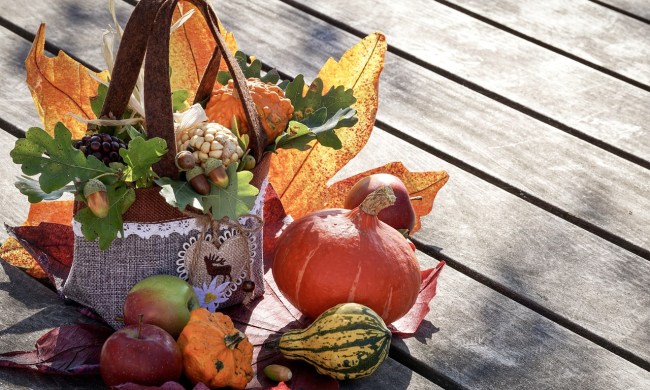Sometimes we want to have a lovely looking garden, without having to work too hard for a lovely looking garden. The idyllic flower gardens you see around town might look amazing, but they’re often challenging and require almost daily maintenance. Additionally, some of those stunning blooms are hard to produce without proper care. So if you’d like to have a flower-filled garden without all the hassle, here’s how you can find easy-to-grow flowers for your specific needs.
Consider your climate
The best and easiest way to ensure that your flower-growing endeavors are easy is to invest in flowers that can grow in your specific climate. Trying to grow something from a tropical environment when you live in Arizona could be successful, but it’s going to be a lot of work. Make life easier, and look into some native flowers for your area. You’ll need to learn your plant hardiness zone, and then you can find excellent sources online and in local stores where they can show you the plants that love that zone.

How much time do you have?
Before selecting a bunch of climbing roses for your garden, you need to get a realistic understanding of how much free time you have to spend on your garden. While I’m sure most of us would love to quit our day job to just garden all day long, that isn’t always realistic. Set yourself and your plants up for success and sit down to create an estimate of how many hours a week you can spend in your garden. Maybe you get home early on Thursdays so you can spend an extra 45 minutes before you have to start dinner, or perhaps you’ll only have the weekends. Either way, get that number down, and you’ll have a better idea of how many and what kind of flowers you might be able to handle.
What is your desired outcome?
Of course, the goal is flowers, but what type of garden do you envision? Are you looking to create a manufactured wildflower patch? Or is it your dream to have perfectly sectioned-off areas for daisies and peonies and so on? Both of these options are beautiful, but they require a different level of commitment and flower to achieve. Getting clear about this before buying flowers will ensure you’re on the right track from the beginning.
Universally easy-to-grow flowers
Now that you’ve taken some time to think about what you want, how much time you have, and where you live, here are some flowers that can be easily grown within most of the continental United States. However, this is not a comprehensive list, and there are many more options.
- Sunflowers: tolerates most soil types, attracts pollinators and drought, is heat tolerant, blooms during the summer
- Coneflowers: blooms last for months, attracts pollinators, tolerates drought, very colorful blooms
- Zinnias: comes in a wide variety of shapes, attracts butterflies, blooms during the summer, tolerates varying water schedules
- Cosmos: blooms all season long, helps repel mosquitoes, grows quickly, needs full sun
- Morning glories: lots of color variety, attracts birds and butterflies, blooms in late summer and early fall, self-sowing
- Snapdragon: uniquely shaped bloom, attracts butterflies, needs well-draining soil, lots of color options
- Lavender: attracts bees and butterflies, keeps mosquitoes away, is drought tolerant, has a pleasant smell even when dried

Where to find flower seeds
Flower seeds can be found in almost any garden center or Home Depot, wherever you live. You could even look up some smaller shops in your local area to support small businesses. However, sometimes it’s just easier to purchase items online. Some of the best online seed sellers are Johnny’s Selected Seeds and Baker Creek Heirloom Seeds. Often these online shops have more expensive options, but their seeds are of higher quality and have higher germination ratios. While shopping at Home Depot might be more affordable, the seeds sold by experts will have a higher success rate.
Don’t let the risk of failure hold you back from trying to achieve your flower garden goals. If nothing else, you can start with one flower and work your way up until you’re a flower-growing master.


